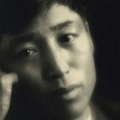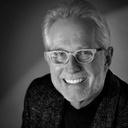
Dennis Reed
Dennis is a curator, collector, artist, and writer who is best known for rediscovering Japanese American art photographers whose works were, to a large extent, lost in the mass incarceration of Japanese Americans at the onset of World War II. He has curated over 50 exhibitions, large and small, for such institutions as the Whitney Museum of American Art, The Huntington, the Oakland Museum, the Corcoran Gallery, the Chinese Historical Society of America (San Francisco), the California Museum of Photography, and the Japanese American National Museum. He has written for Stanford University, Oxford University, UCLA, and UC Riverside. Among his publications are, Pictorialism in California: Photography, 1900-1940, for the Getty Museum and The Huntington, Japanese Photography in America, 1920-1940, for the Japanese American Cultural and Community Center, and Making Waves: Japanese American Photography, 1920-1940 for the Japanese American National Museum. He is the retired Dean of Arts at Los Angeles Valley College and the former Chair of the Photographic Arts Council at LACMA.
Updated September 2022
Stories from This Author
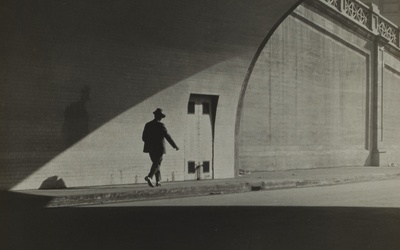
J. T. Sata: Immigrant Modernist
June 7, 2024 • Dennis Reed
Japanese immigration to the United States began during the Meiji Restoration (1868–89), a period that brought industrialization and urbanization to Japan. This modernization often favored urban areas, with taxes falling disproportionately on rural farmers.1 Many young men faced diminished opportunities, especially those who were not firstborn and were therefore unlikely to inherit family assets. In response, thousands of young Japanese men, mainly farmers, immigrated to the United States.2 Women followed, often as picture brides. Tadanao Sata (1896–1975) immigrated to the …
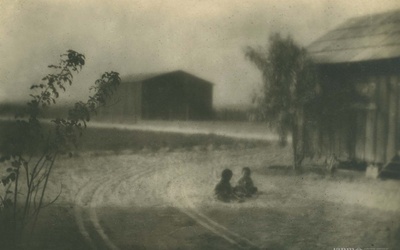
Part 3—Wakaji's Legacy
Oct. 3, 2022 • Dennis Reed
Read Part 2 >> Reportage or Art? Wakaji produced countless individual portraits, documented civic activities like parades and cultural events, and recorded private celebrations such as weddings, club ceremonies, and graduations. He did a considerable amount of advertising photography too, and he was hired by the military to document their endeavors. Examples of his varied photographic activity abound. In 1929, for instance, Wakaji photographed the cheering citizens of Hiroshima as they welcomed home the Hiroshima Commercial High School baseball team …
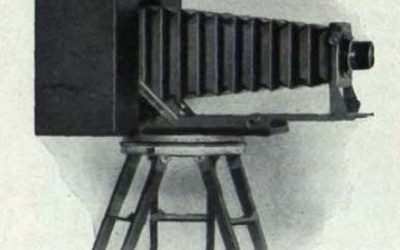
Part 2—Wakaji’s Photography
Sept. 26, 2022 • Dennis Reed
Read Part 1 >> While Tei managed the farm, Wakaji pursued his gifts. He first studied photography through a correspondence course. According to family legend, he moved to San Diego for a period to study photography in more depth. He may have been a student of Masashi Shimotsusa, a photographer who studied in London and Paris before opening a studio in San Diego in 1919, and later a photography school.1 Wakaji may have learned how to make panoramas from Shimotsusa, …
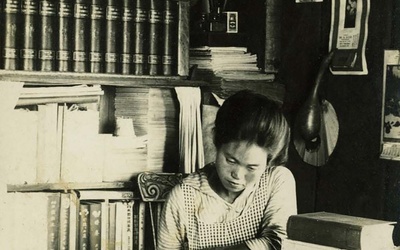
Part 1—Wakaji’s Beginnings
Sept. 19, 2022 • Dennis Reed
Wakaji Matsumoto was like many of the young men, mostly teenagers, who came by transport ships from Japan to Hawai‘i, and then on to the western shores of Canada and the United States. He was seventeen when he first arrived in Vancouver in 1906, before making his way to Los Angeles by train to reunite with his father, whom he hardly knew. When Wakaji was a toddler, he was left with relatives in Japan while his father and mother, Wakamatsu …
 We’re looking for stories like yours!
Submit your article, essay, fiction, or poetry to be included in our archive of global Nikkei stories.
Learn More
We’re looking for stories like yours!
Submit your article, essay, fiction, or poetry to be included in our archive of global Nikkei stories.
Learn More
New Site Design
See exciting new changes to Discover Nikkei. Find out what’s new and what’s coming soon! Learn More
Discover Nikkei Updates



See exciting new changes to Discover Nikkei. Find out what’s new and what’s coming soon!

